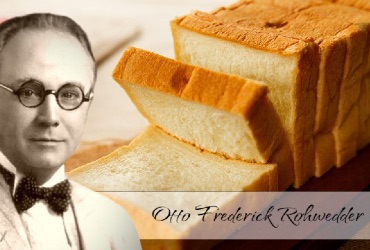Advanced Techniques and Methods in Bread Making

1. Kneading Techniques
Kneading is about more than just mixing ingredients; it's about aligning the gluten proteins in the dough to create a robust network that can trap gases and provide structure.
Traditional Hand Kneading
• Procedure: Using a push-and-fold motion, the dough is repeatedly worked on to develop gluten. The base of the palm pushes the dough forward, and the fingers fold it back.
• Benefits: Offers the baker a tactile connection with the dough, feeling changes in consistency and elasticity as gluten develops.
• Ideal for: Most bread types, especially beginners or when making doughs with standard hydration levels.
Slap & Fold (French Kneading)
• Procedure: The dough is lifted, slapped onto the work surface, and then folded over onto itself. The process is repeated, gradually developing the dough's strength without applying excessive pressure.
• Benefits: Efficient for wetter, high hydration doughs which can be sticky and challenging to handle.
• Ideal for: Ciabatta, baguettes, or any high hydration bread.
Stretch & Fold
• Procedure: Instead of traditional kneading, the dough is gently grabbed from underneath, stretched upwards, and then folded over the top. This action is repeated several times at intervals.
• Benefits: Gradually strengthens the dough without degassing it completely. It helps maintain more of the gas and bubbles in high hydration doughs.
• Ideal for: Artisan breads, sourdoughs, and other doughs where an open crumb structure is desired.
No-knead Method
• Procedure: Minimal mixing to combine ingredients, relying on time to develop gluten.
• Benefits: Easier on the baker and relies on long fermentation to develop flavours and structure.
• Ideal for: Breads where convenience and flavour are prioritised over specific textures.
2. Fermentation & Proofing
Fermentation is not merely waiting; it's the ballet of yeast and bacteria converting sugars into gases, acids, and alcohol.
Bulk Fermentation
• Insight: It's during this phase that the majority of fermentation occurs. Here, the dough can display flavours from slight acidity to deep tanginess.
• Impact: The length and temperature of this stage influence bread's flavour, crumb structure, and crust characteristics.
Cold Fermentation
• Insight: This final rise sets the stage for the oven. Overproofing can lead to flat, dense bread, while underproofing can result in overly dense crumb.
• Impact: Proper proofing ensures good oven spring and optimal crumb structure.
Proofing
• Insight: Instead of traditional kneading, the dough is gently grabbed from underneath, stretched upwards, and then folded over the top. This action is repeated several times at intervals.
• Impact: Artisan breads, sourdoughs, and other doughs where an open crumb structure is desired.
3. Advanced Techniques
Mastering bread-making often involves understanding some specialised techniques.
Autolyse
• Insight: By allowing flour and water to sit before adding other ingredients, enzymes in the flour begin breaking down starches into simpler sugars. This process can improve extensibility and final bread flavour.
• Insight: Easier dough handling, improved crust colour, and better flavour.
Bassinage
• Insight: By hydrating the dough in stages, the baker can manage high hydration doughs more effectively.
• Insight: Achieving wet dough characteristics like an open crumb without the challenge of handling super wet dough from the start.
Tartine Method
• Insight: This method, named after the famous San Francisco bakery, is a way to achieve rustic, flavourful, and beautifully textured sourdough bread.
• Insight: Characterised by its dark crust, mild tang, and open crumb, this method exemplifies the artisan bread movement.
The beauty of bread-making lies in its blend of science and art. While the techniques offer a roadmap, the artistry comes in understanding when and how to use each one. The result? Bread that's a true reflection of the baker's skill and passion.





